As COVID-19 continues to spread across the U.S., we all find ourselves glued to the news for the latest updates – refreshing websites and updating Twitter feeds to find out what’s happening near us.
When it comes to fundraising, the use of digital marketing has proven to be an adept way to communicate in situations like this. But how should nonprofits handle their direct mail programs in this rapidly changing environment?
We know direct mail is a terrific tool for creating deep, meaningful engagement with donors. We also know it’s a much slower form of communication that requires plenty of planning in advance.
If you put a message in now, it may not be relevant by the time the package arrives in the mail. You run the risk of looking out of touch or appearing to be tone-deaf to the current situation.
What can you do? Let’s take a look at two examples of how you can handle emergency appeals in your fundraising program while staying committed to your long-term strategy and goals.
STARTING IN THE NORTHWEST
COVID-19 officially arrived in the U.S. on Jan. 19. The novel coronavirus may have gotten here sooner, but that’s when the first case was reported in Washington state, just outside of Seattle.
From there, the Seattle area quickly became ground zero for the virus as cases spread rapidly in the region. As of March 25, there were 2,469 confirmed cases and 123 deaths in Washington.
Once the reality of this situation hit, we quickly began working with our partners in The Salvation Army Northwest Division to determine the proper course of action.
The Salvation Army has vast experience in times of crisis. They know that the first people to be impacted are the working poor – hourly workers and blue-collar laborers. We’ve seen this across the nation as restaurants, movie theaters, arenas, plants and factories have closed under shelter-in-place orders.
Thus, we knew there would be a greater need for the services of The Salvation Army – a need that will continue for months as they help support those affected with food, rent, utilities, and more.
They are adapting their services to deliver food to those who are stuck at home. They are also expanding their janitorial duties for deeper cleaning at shelters and other facilities.
CRAFTING THE RIGHT APPEAL
The question we faced was how do we reach out to The Salvation Army Northwest Division’s donors without appearing to be insensitive? The answer was by using a multichannel emergency appeal strategy.
We started on the digital side with a fundraising email and a follow-up email two days later. We also created an organic Facebook post, a paid Facebook post, and a homepage banner and imagery for their donation page.
Following our digital response, we prepared a direct mail emergency appeal. We chose to keep things simple with a single-window, blind outer envelope. Inside, recipients will find a simple text-on-paper letter that strikes the right tone by stressing the additional demands needed to serve the mission.
These appeals can be done as a full appeal package or even as just a slip inside an existing package. The key is making an effort to show donors that you understand what’s going on and that you’re not simply continuing “business as usual.”
As the coronavirus spreads to other areas, we are working on similar emergency appeals for several divisions in The Salvation Army Eastern Territory.
HOW IT WORKS
The coronavirus is certainly an unprecedented situation for all of us, and it’s much too soon to determine the effectiveness of these emergency appeals.
What we can do, however, is look back at how this has worked before. A great example that we have is through the Coast Guard Foundation (CGF) when Hurricane Harvey hit Texas in 2017.
The storm devastated Houston in a way that had not been seen before, meandering over the area and dropping roughly 40 inches of rain in four days. About 5,000 of the Coast Guard’s members were affected by the hurricane, and CGF was working around the clock to help countless victims.
We needed to move quickly to support their fundraising. We worked closely with them to plan a mailing on a Friday that went out the following Monday. Our digital team supported the efforts with targeted media and email campaigns, donations forms, lightboxes and landing pages.
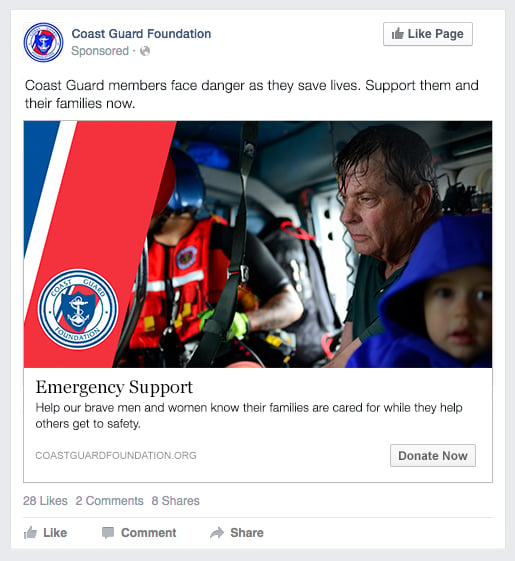
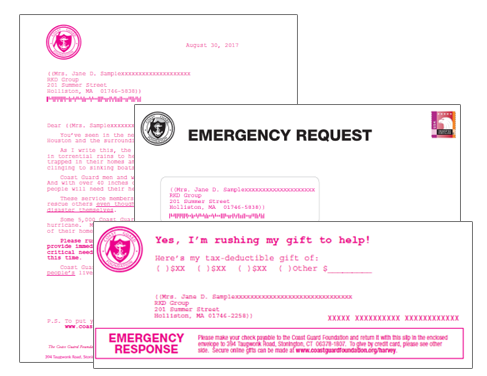
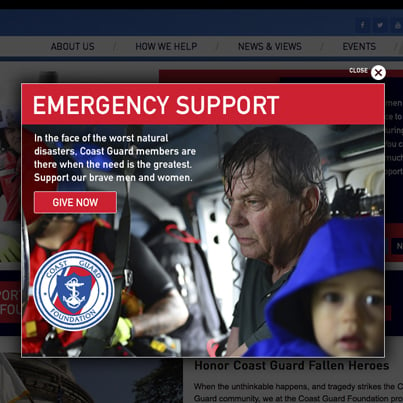
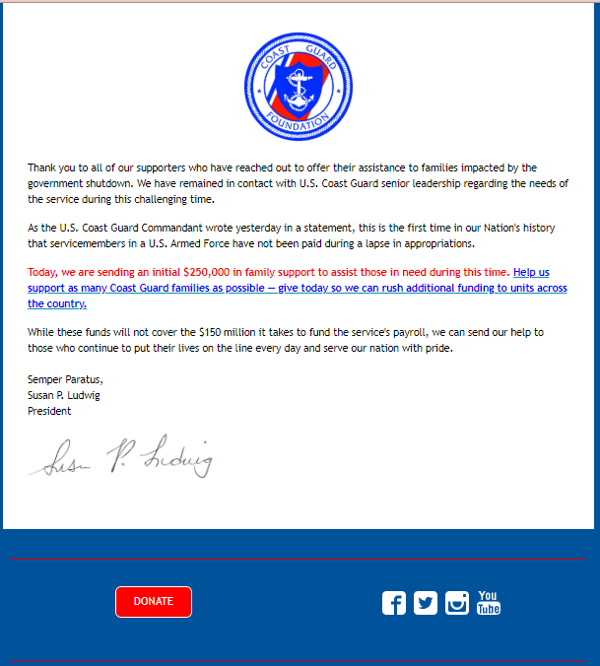
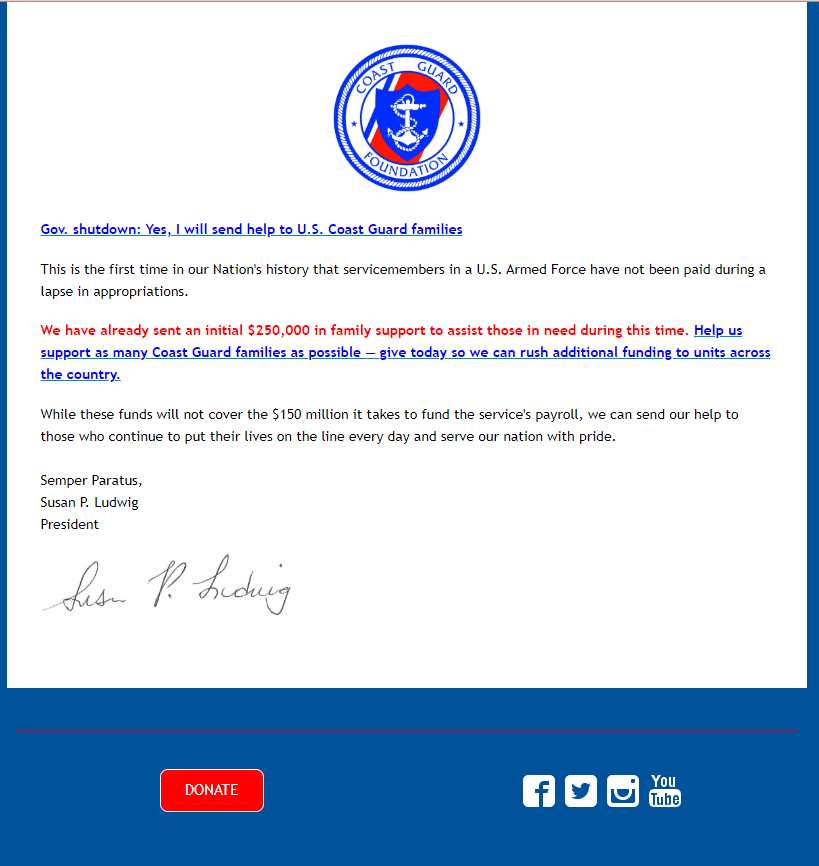
The results were a blessing at a time of great need:
1,571 total gifts
$129,000 in direct mail gross revenue
$116,000 raised with digital campaigns
These additional appeals did not result in cannibalization of other planned appeals, and CGF continued to exceed budgeted projections for that year.
As you determine the right course of action for your organization’s direct mail program, keep these suggestions in mind. The world needs nonprofits now more than ever, so this is no time to slow down your fundraising.





Leave a comment: